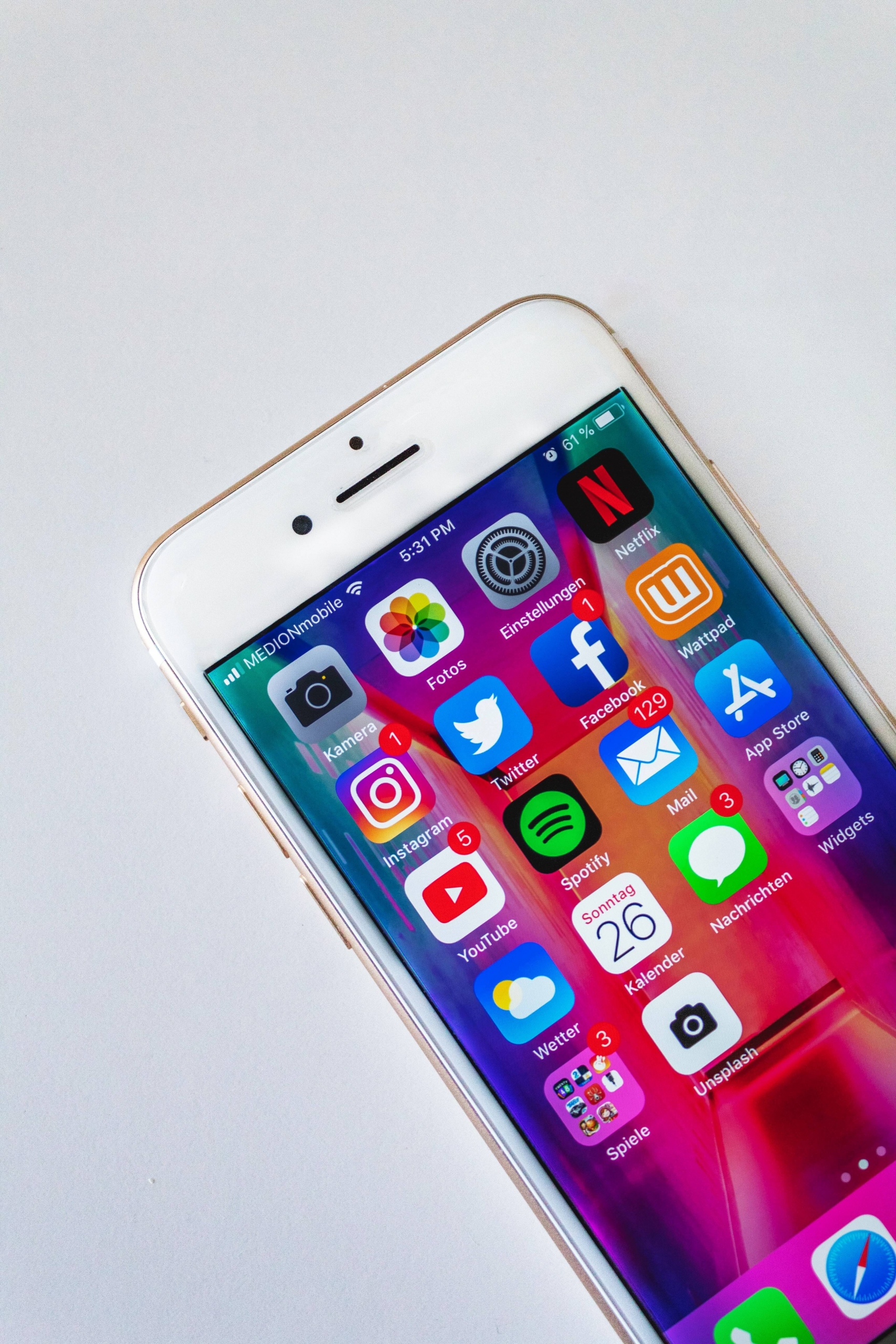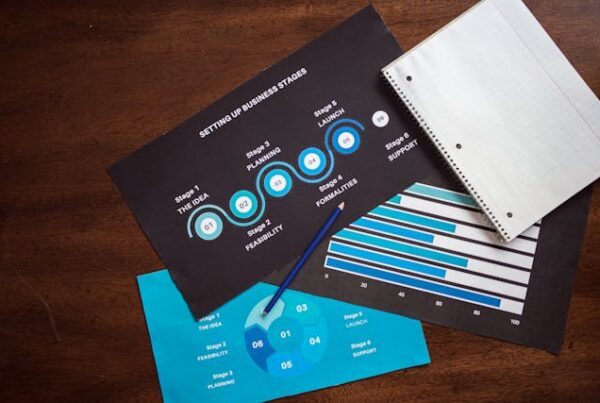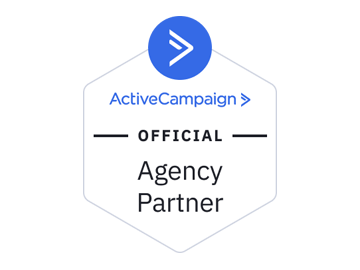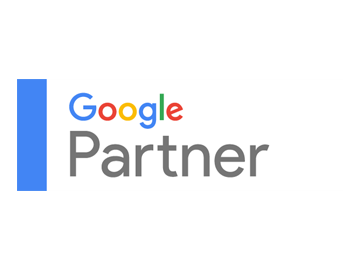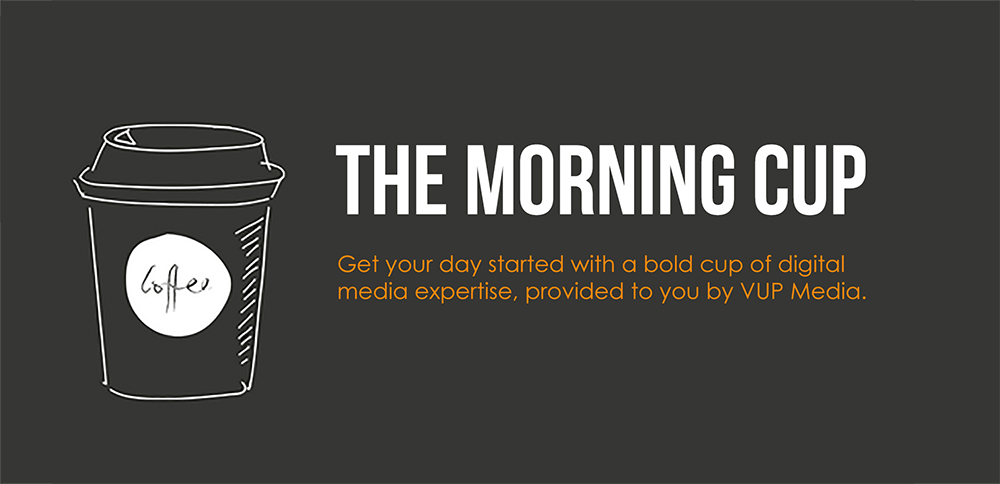
The term “social media” creates a large umbrella that encompasses many platforms, but there is no “one size fits all” approach to social media. Each platform – from Facebook and Instagram to LinkedIn and Pinterest – has its own audience and set of rules for posting.
Today, we’re giving you a breakdown of the five main social media platforms that you may think you know – but each has its own nuances to be considered before you start posting.
For most businesses, Facebook is a great platform to showcase your services. Facebook has one of the largest audiences out of any social platform today, so it’s important to use that exposure to your advantage. Reviews and recommendations are often the first thing a user sees when they click on your business page, so this is a useful feature to have if you perform services. Facebook users have a wide range in ages, so you’ll be accessing a large demographic with this platform.
This social platform is entirely based on visuals. Posts must contain a photo or video, and they can be accompanied by a brief caption. Instagram is the perfect place to promote the products sold by your business, or simply to engage your audience with exciting visuals. In the fast-paced Internet world, a picture really does speak a thousand words. Instagram users tend to be younger than Facebook, allowing you to capture the attention of Millennials and Generation Z.
Primarily a job-searching platform, LinkedIn posts should be informative and written from an educational standpoint. This is a great place to share articles that relate to your field of work or announce changes within your industry. If your website posts a weekly blog, it’s important to share those blog postings on your social media in order to drive traffic back to your website. With LinkedIn, you are posting to be a thought leader within your industry, so this is the perfect place to share blog links.
Contrary to Instagram, Twitter focuses on the written word – of 280 characters or less – rather than visuals. Twitter is ideal for sharing posts from other businesses similar to yours, as well as tagging other accounts in your own posts. This platform is also great for linking to relevant articles in your industry – much like LinkedIn, but perhaps less formal. It’s also used for commenting on real-time events, referred to as “live tweeting.” If your business partakes in events or conferences, Twitter would be the perfect way to actively promote the event and tag other businesses there to reach a wider audience.
Pinterest is another visually-oriented social platform, but it also allows you to attach links to posts. This means you can share blog postings to your Pinterest and drive traffic back to your website. Pinterest is ideal if you sell products online, because you can feature specific products and directly link them to your online shop – so if someone clicks your pin, they will be given the opportunity to purchase within seconds.
Each social platform is designed for interaction between users, but it’s important to know how you should interact on each platform. And depending on your business, it may not make sense to use every social media platform. If you’re wondering which platforms you should be using to your advantage, contact us today so we can help you reach the right audience.


